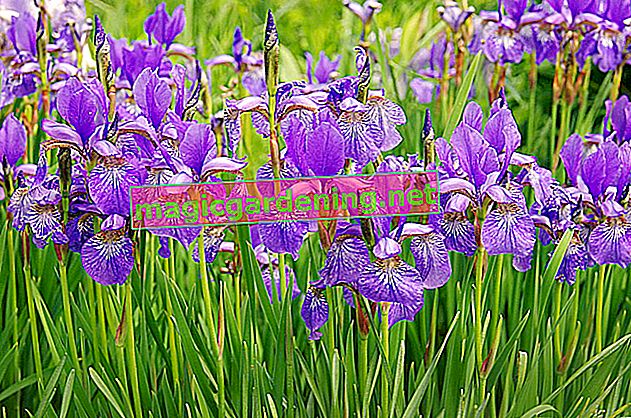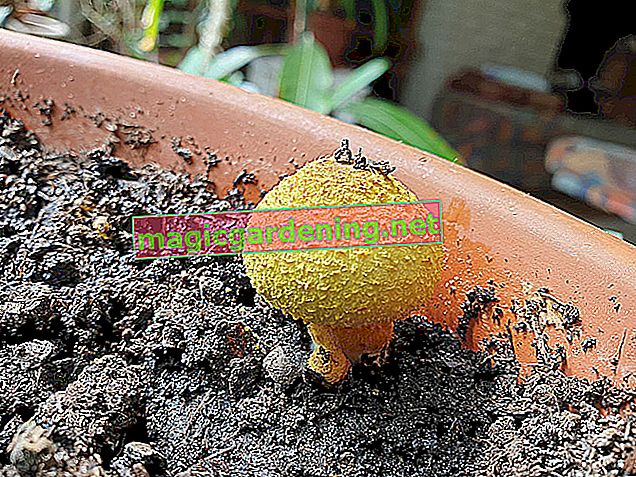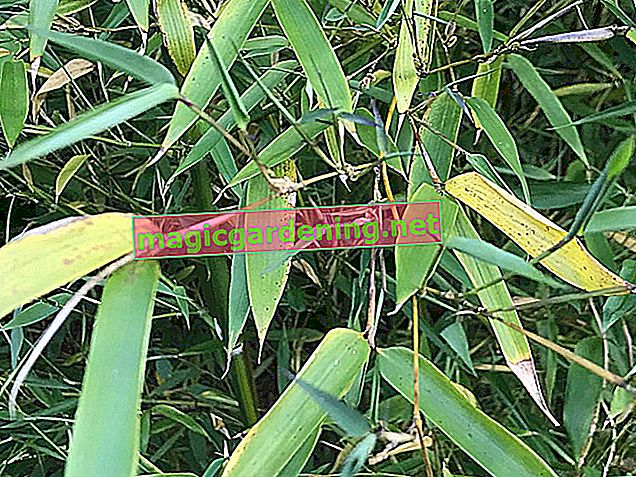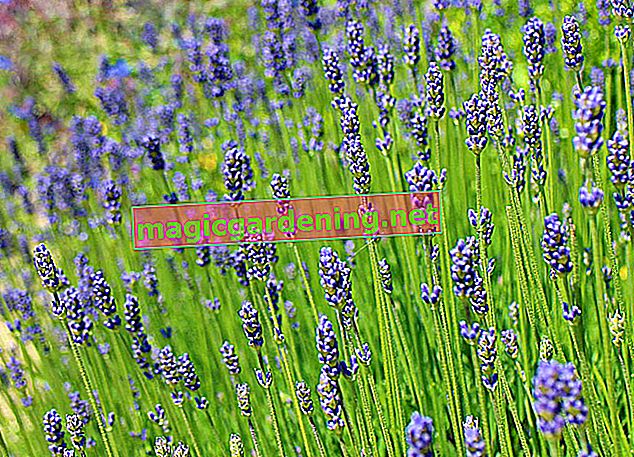
For example, the yucca is a palm lily and belongs to the asparagus family. The dragon tree is not just a single plant, it even forms its own genus with around 50 different species. The best known is the Canarian Dragon Tree. The different genera, some of which have very different countries of origin and climate preferences, also explain the often very different nutrient requirements.
also read
- How to properly fertilize your weigela - tips and tricks
- How to properly fertilize your holly - tips and tricks
- How to properly fertilize your clivia - tips and tricks
How much fertilizer does my indoor palm need?
Many indoor palms are quite easy to care for and frugal. You only need fertilizer in the growth phase. Fertilization about every two to four weeks is usually sufficient. Freshly repotted, you shouldn't give your palm any fertilizer for a few weeks; the fresh potting soil contains enough nutrients.
Too much fertilizer is often more damaging to palm trees than too little fertilizer. The slower your palm grows, the less fertilizer it will need. If you fertilize too much, your palm may get yellow leaves.
Watering properly is also important
You should always water a yucca palm when the top soil layer is slightly dry. It is similar with the hemp palm, here too the soil is allowed to dry out slightly. The coconut palm needs plenty of water at least in spring and autumn, just like the mountain palm. But avoid waterlogging with every palm tree.
At least as important as the right water supply and fertilization is the required humidity. This should be between 70 and 80 percent for the coconut palm. Every now and then, spray your palm with lime-free water or place a humidifier near your palm.
The essentials in brief:
- Fertilize once or twice a month in the growth phase
- Add commercially available liquid fertilizer to the irrigation water
- water sufficiently, at the latest when the soil dries
- Avoid waterlogging
Tips
It is better to fertilize carefully and in small quantities than too much.








